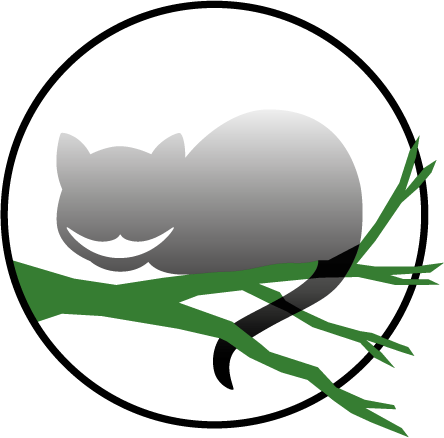
iXML Community Group Test Suite
23 Oct 2023 (22 Nov 2023)
Top-level catalog for tests in the iXML Community Group Test Suite.
Tests have been contributed from several sources, but the core of the test collection are the tests contributed by Steven Pemberton in December 2021.
Error tests
28 Jun 2022
Tests intended to demonstrate errors that processors are required to raise.
non-XML-char-in-input-output-clear
Created 20 Jun 2022 by MSM
Followup to invalid-char. Tests for serialization of non-XML characters in a different way.
This test set is for sanity checking the inputs of the following test set: the grammar accepts a range of non-XML characters but hides all of them, indicating in the output where they were. When the outputs of these tests are as expected, we can have some confidence about exactly which invisible characters are where in the test-case inputs. We can then use the same test-case inputs with a grammar that does not hide all of the non-XML characters but tries instead to serialize them.
Invisible XML Grammar
{ Grammar for experiments with non-XML characters in input.
In this grammar, non-XML characters are accepted in the
input but are not shown in the output. It's used for
sanity-checking the inputs for tests of the companion
grammar in which not all control characters are hidden.
Since we need non-XML characters in the input, and the only
non-XML characters we can make are in the C0 range, the
input and output are likely to be challenging to check.
You have been warned.
}
S: (show; hide; printable)*.
NUL: -#00 { null }.
SOH: -#01 { start of header }.
STX: -#02 { start of text }.
ETX: -#03 { end of text }.
EOT: -#04 { end of transmission }.
ENQ: -#05 { enquiry ('are you there?') }.
ACK: -#06 { acknowledgement ('yes i am here') }.
BEL: -#07 { bell }.
BS: -#08 { backspace }.
HT: -#09 { horizontal tab, an XML character, but
not a prime, so it's in the 'hide' category }.
LF: -#0A { linefeed, also an XML character }.
VT: -#0B { vertical tabulation }.
FF: -#0C { form feed }.
CR: -#0D { carriage return (an XML character) }.
SO: -#0E { shift out (to alternate character set }.
SI: -#0F { shift in (from alternate character set }.
DLE: -#10 { data link escape }.
DC1: -#11 { device-control 1 / XON }.
DC2: -#12 { device-control 2 }.
DC3: -#13 { device-control 3 / XOFF }.
DC4: -#14 { device-control 4 }.
NAK: -#15 { negative acknowledgement }.
SYN: -#16 { synchronous idle }.
ETB: -#17 { end of transmission block / end of paragraph }.
CAN: -#18 { cancel }.
EM: -#19 { end of medium / em-space / beginning of paragraph }.
SUB: -#1A { substitute (often used for end of file) }.
ESC: -#1B { escape }.
FS: -#1C { file separator }.
GS: -#1D { group separator }.
RS: -#1E { record separator }.
US: -#1F { unit separator }.
show: STX; ETX; ENQ; BEL; VT; CR; DC1; DC3; ETB; GS; US.
hide: NUL; SOH; EOT; ACK; BS; HT; LF; FF; SO; SI; DLE; DC2;
DC4; NAK; SYN; CAN; EM; SUB; ESC; FS; RS.
-printable: [#20 - #7E].
Test case: STX-ETX
Repository URI: …/tests/error/test-catalog.xml
Created 20 Jun 2022 by MSM
Input string
String value cannot be inlined in web page.
Input contains STX and ETX control characters.
Expected result
<S>
<show>
<STX/>
</show>This file begins with a start-of-text (STX, ^B) character,<hide>
<LF/>
</hide>followed by some lines of text, and it ends<hide>
<LF/>
</hide>with an end-of-text (ETX, ^C) character.<show>
<ETX/>
</show>
</S>
